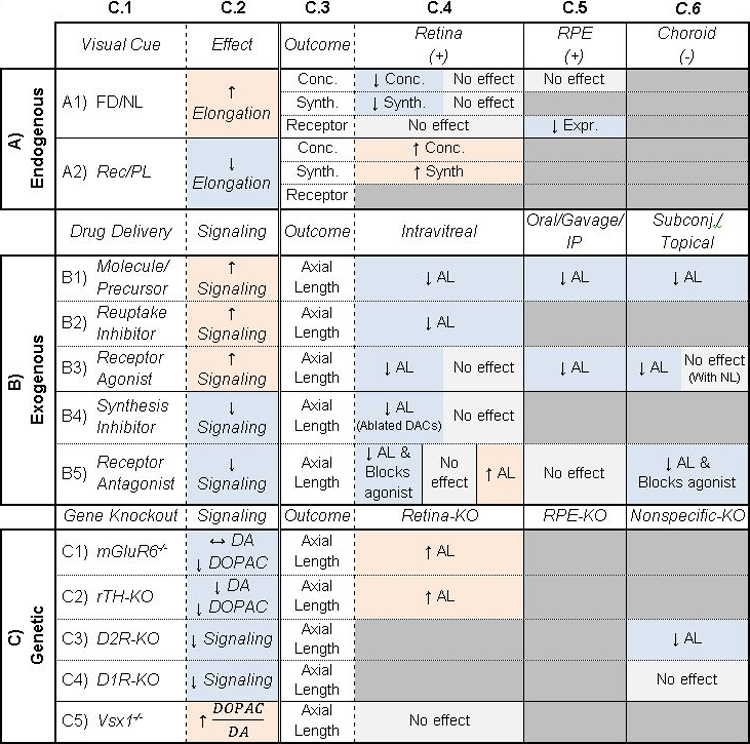Table 1: Potential of dopamine to be a retinoscleral signal in refractive eye growth.
Column C.1: Treatments given to animals. C.2: General description of main effect of treatment. Columns C.3–6: Additional outcomes (C.3) studied with corresponding treatments. In A) Endogenous, C.4–6 are locations of measurements, and (+/−) represent whether receptors are expressed. In B) Exogenous and C) Genetic, C.4–6 are different locations of the treatment. Cells are shaded to highlight trends. Orange/blue shading indicate an increase/decrease in signaling or elongation. Gray indicates inconclusive or no effect. Table cells are split when studies came to different conclusions. AL: Axial Length, Conc: Concentration, Expr: Expression, Synth: Synthesis, FD: Form-Deprivation, NL: Negative Lens, PL: Positive Lens, Rec: Recovery from myopia, DA: Dopamine, DOPAC: 3,4-Dihydroxyphenylacetic acid, DAC: Dopaminergic amacrine cell. See Supplemental Table 1 for associated references.

|
